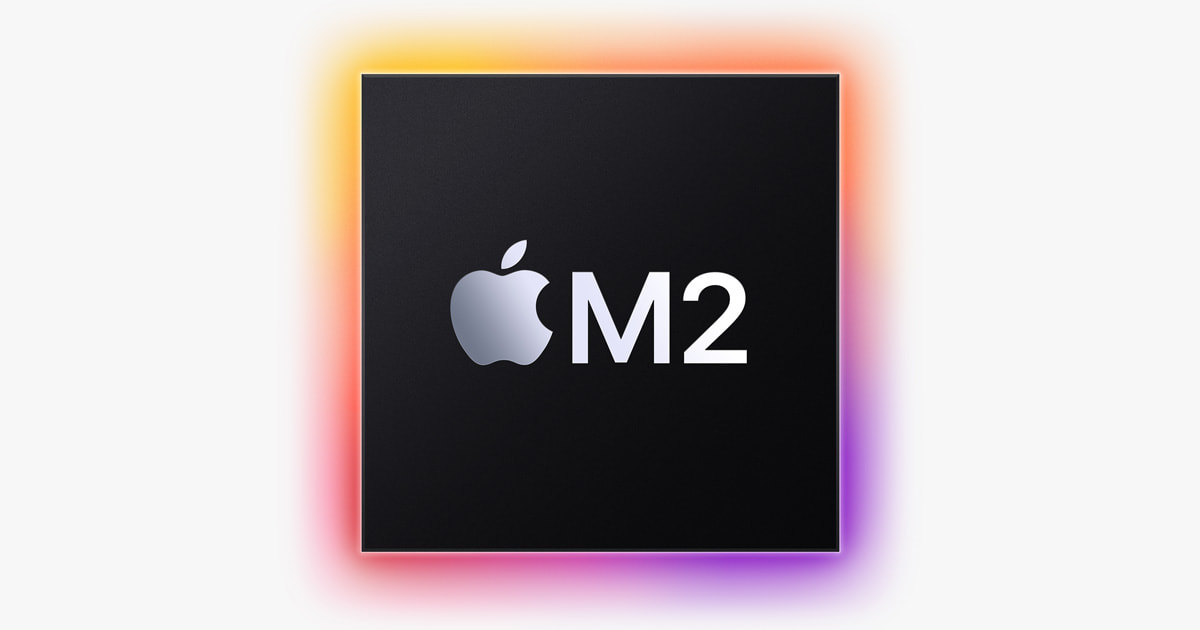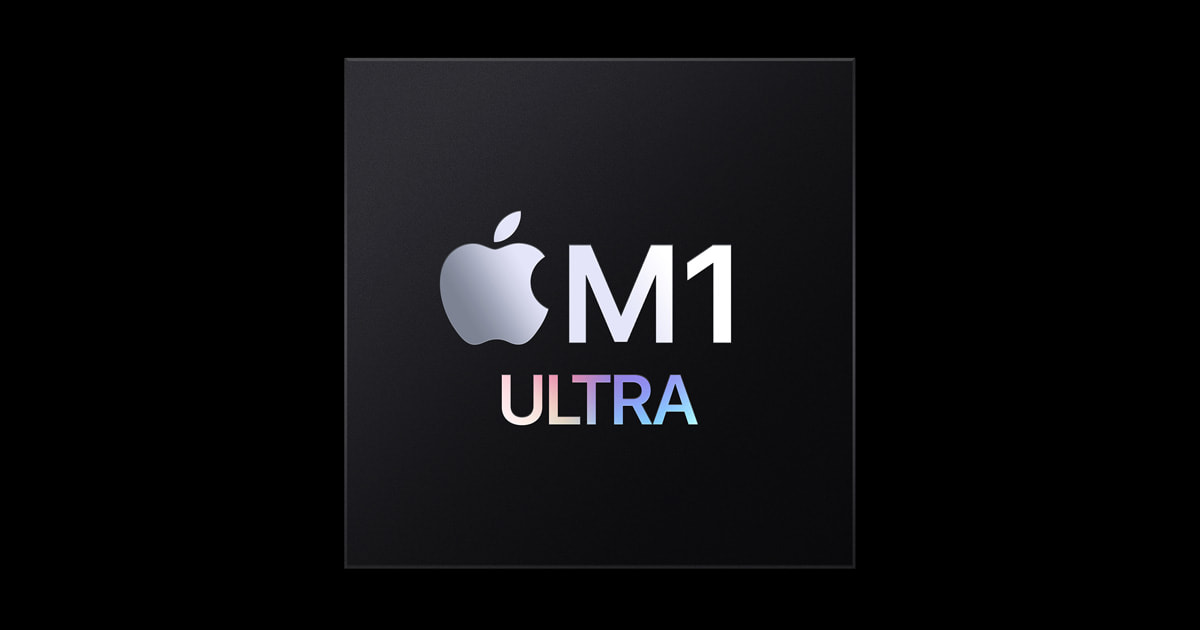techcossack
Banned
Dear all,
i know this question has likely been raised before, but since Intel CEO Gelsinger mentioned “system foundry”, I’ll ask again:
what is the difference between System on A Chip (SoC) and System in Package (SiP)? I was going through the Internet, and I‘ve got the impression that the concepts are changing as time goes on, since the definitions I got are all a bit different.
I’m interested in the conceptual difference from the angle of advanced packaging and heterogeneous integration:
1. in SoC, does it mean that different tiles (GPU, CPU etc) have the same process nodes, whereas in a SiP, they are of different nodes?
2. in SoC, are all the tiles put on the same interposer, whereas in SiP, chips are on different substrates? (This part is the most confusing)
Also, in SoC and SiP, who will be the ones integrating the chiplet’s? OSAT (ex. ASE) or foundry (ex. TSMC)?
i know this question has likely been raised before, but since Intel CEO Gelsinger mentioned “system foundry”, I’ll ask again:
what is the difference between System on A Chip (SoC) and System in Package (SiP)? I was going through the Internet, and I‘ve got the impression that the concepts are changing as time goes on, since the definitions I got are all a bit different.
I’m interested in the conceptual difference from the angle of advanced packaging and heterogeneous integration:
1. in SoC, does it mean that different tiles (GPU, CPU etc) have the same process nodes, whereas in a SiP, they are of different nodes?
2. in SoC, are all the tiles put on the same interposer, whereas in SiP, chips are on different substrates? (This part is the most confusing)
Also, in SoC and SiP, who will be the ones integrating the chiplet’s? OSAT (ex. ASE) or foundry (ex. TSMC)?



